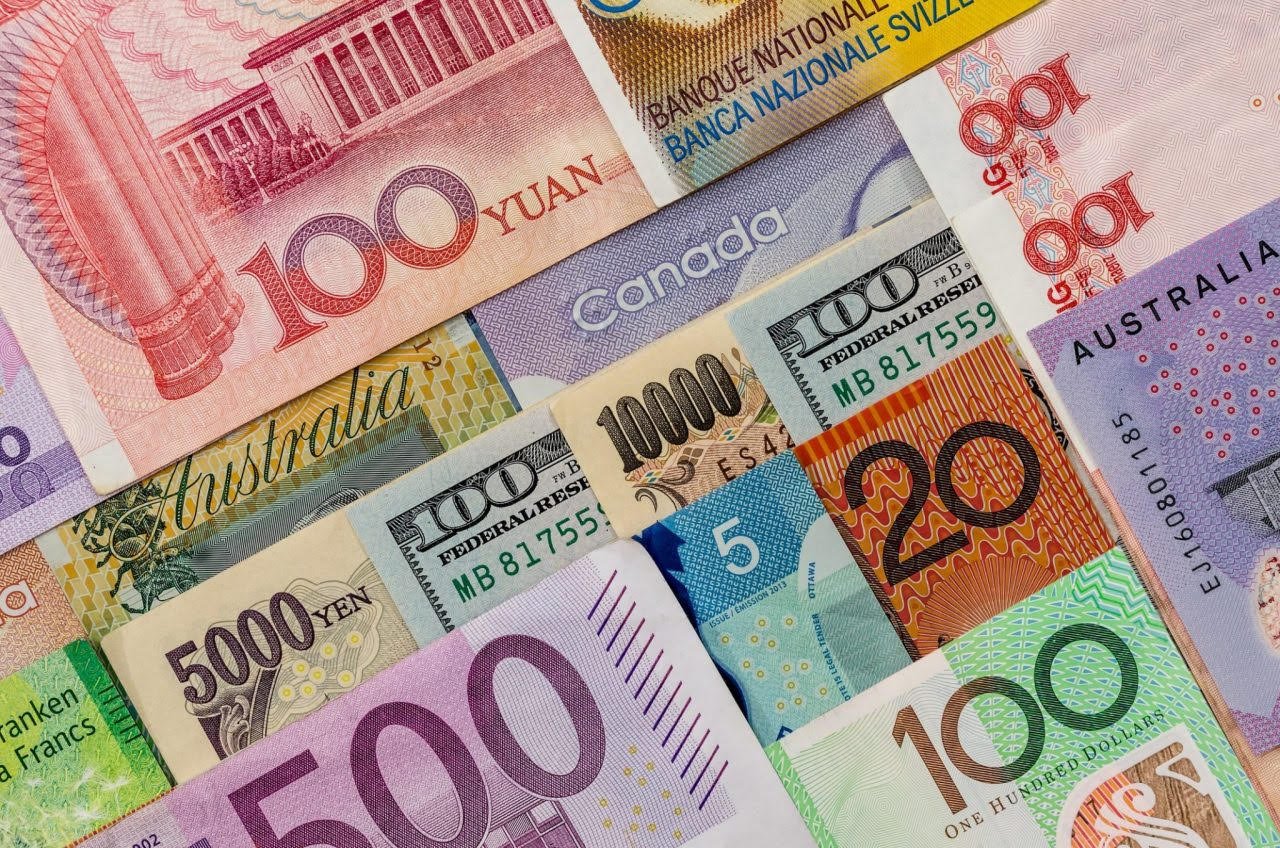If you don’t know what counter-party risk is, here’s a short description: In any trade/investment involving two or more parties, the risk to the buyer is whether the “counter-party” can pay up.
It seems simple enough but have you ever considered that stocks and bonds you own may not be able to give you your money back when it’s crunch time…like recently?
It’s usually not the case for most major corporations (with assets like buildings, inventory, manufacturing plants, etc.) who get into financial problems.
However, when a push comes to a shove, all you really own is a piece of paper that represents a promise to pay you whatever the “Market Price” of that paper is worth.
Don’t worry, I’m not saying stocks or bonds are worthless. I’m trying to get you to understand how a counter-party can default on their promise leaving you holding the bag.
The best illustration of this owning gold.
Specifically, physical gold and not a piece of paper saying you own some. (We explain this in detail in an article titled “Gold. If you don’t hold it, you don’t own it.” (HERE)
If you own (and hold) gold coins, there is no counter-party risk of default.
FACT: gold has been around for over 5,000 years and has never defaulted.
Compare that with the $1.4 Quadrillion derivatives market that backs up most of our financial system.
Consider these two questions:
- What’s the chance someone can cover that bet?
- How many people actually understand what a derivative is?
Yet, millions of people invest with no clue of how to handle counter-party risk.
The boyz in the “Club” understand the risks and they need the 99% to be wrong in order for them to make fortunes.
The action in the markets this past week is a glaring example of why they don’t want you to know how to avoid their traps.
We show you their secrets every month in our “…In Plain English” newsletter.
See for yourself and get your first issue for FREE.











More Stories
Nov 1st and EBT Looting
Will the Markets Turn South This Week?
Saturday Rant…Gold Vs Bitcoin Recap